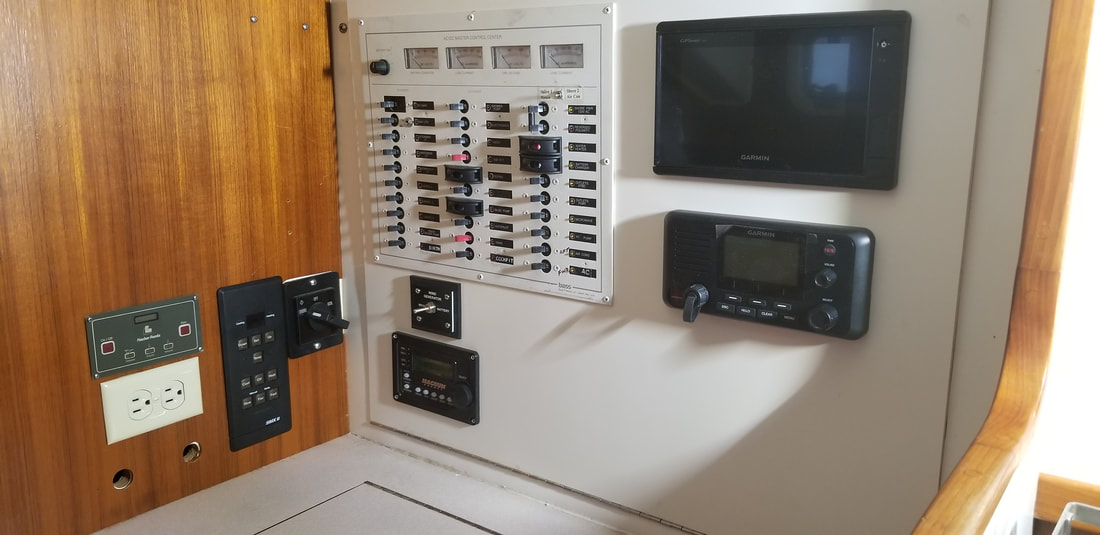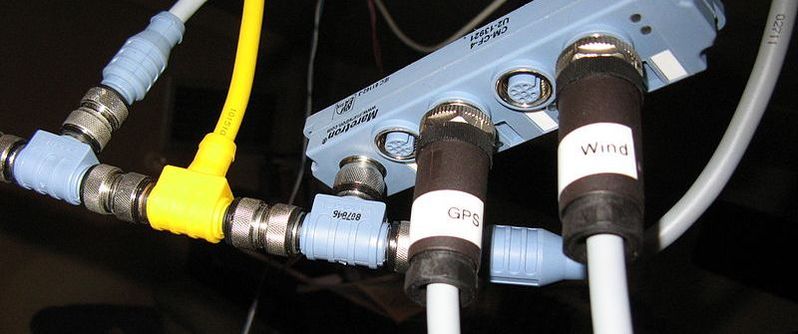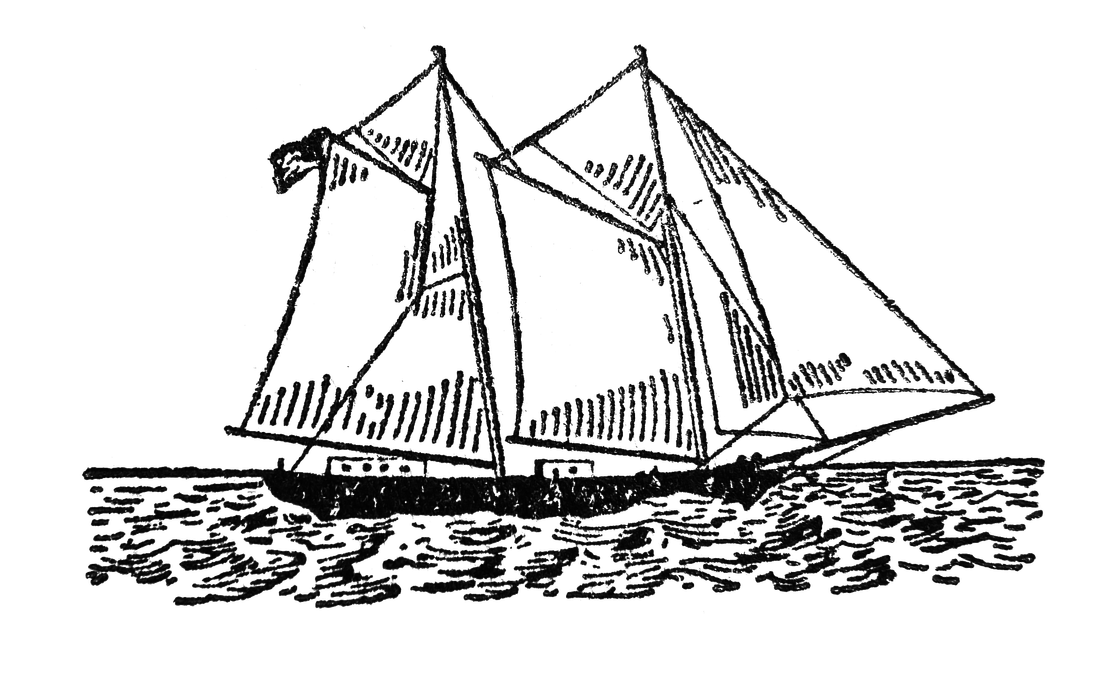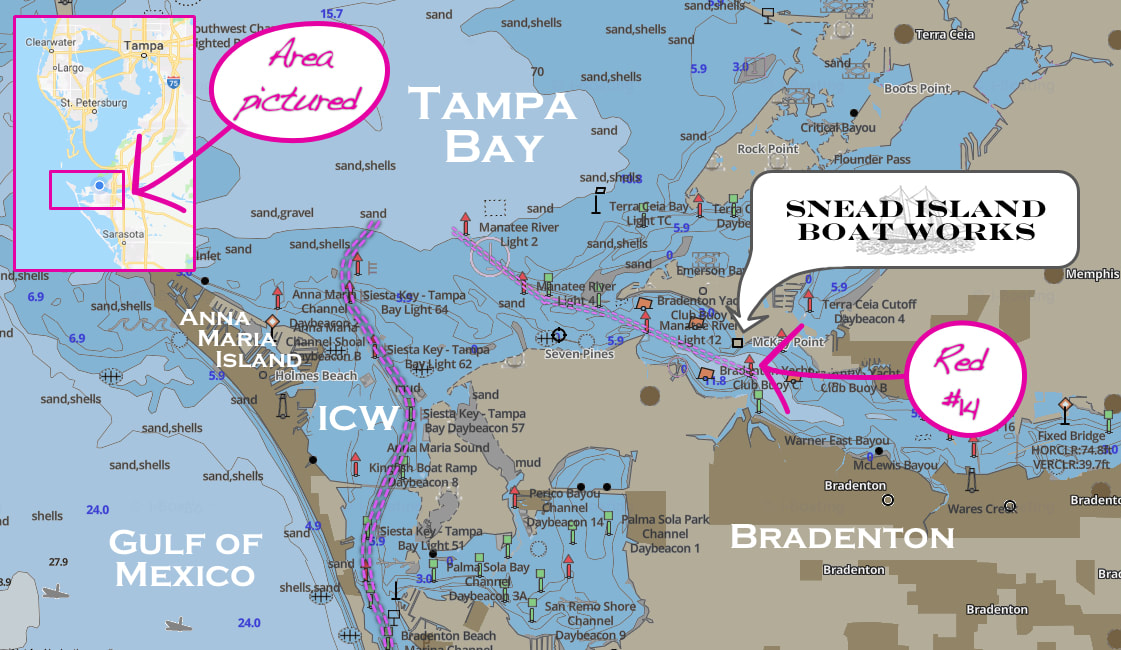|
Not so long ago, marine electronics operated on a piece-by-piece basis. You might have had a depth sensor, wind indicator, AIS monitor, sonar or radar screen and chartplotter, each with its own screen and its own set of controls. And trying to connect these things together—good luck! Each manufacturer had its own proprietary connectors and code, so trying to get a Raymarine depth sounder to talk to a Garmin chartplotter was about as promising as getting a sailor and a power boater to see eye to eye. A new way of connecting Thankfully, that’s changing. And one of the biggest reasons that it’s changing isn’t visible at the nav station or on the console. It’s called a NMEA network (pronounced “NEE-mah”), and it’s changed the way that marine electronics communicate. It exists because of the National Marine Electronics Association (NMEA), which was formed in the late 50s to foster innovation in marine electronics. The heart of it is a series of standards that are used to coordinate the messages sent by the different electronic components, with a standard set of cabling and connection solutions. Today, all NMEA certified electronics components are programmed to be able to send data through the NMEA network, and receive data from the network, so that any component—no matter what the manufacturer—can be integrated into a unified electronics system. This is a real boon for boat owners, and it’s made possible the exciting new touch-screen navigation systems that allow boat owners to monitor all of their boat’s data on a single screen. The NMEA networkLet’s have a look at how this works. There are multiple instruments on a boat that gather data: these might include a depth sounder, sonar, radar, wind instrument, AIS, GPS, autopilot, as well as engine indicators. All of these require power and send data. The NMEA network wiring supplies both: a single cable system forms the backbone of the system, delivering power and transmitting data from all of the instruments along the backbone cable, so any instrument that's plugged into that cable has access to all of the data connected to it. So once it's plugged into the system, a multifunction chart plotter can read and display all of the data, and translate your commands from the chart plotter to the autopilot to seamlessly navigate your vessel. This is a really powerful tool that can allow you to take your boat’s electronics system up to the next level—often without requiring the replacement of all of the electronic components in the boat. It’s also a little tricky to work with, which is why NMEA has created a certification for electronics technicians who are familiar with this technology. At Snead Island, our technicians are all NMEA certified, so you can rest assured that we can properly address any wiring issues that come up during an installation.
The really exciting thing about the NMEA network is that it makes things possible that wouldn’t have been a generation ago. New navigation equipment doesn’t necessarily have to wait for a re-wiring of the whole boat and new components can be added seamlessly into an older system, which means that the electronics upgrade you’ve been looking for might not be as far out of reach as you think. Comments are closed.
|
Snead Island Boat WorksLocated between Sarasota and Tampa Bay on Florida's west coast, Snead Island Boat Works has been serving yacht owners since 1936. Archives
October 2018
Categories |
GET IN TOUCH:5225 Snead Island Road Palmetto, FL 34221 Phone: (941) 722-2400 Fax: (941) 722-9650 EMAIL US: [email protected] SOCIAL MEDIA |
ARRIVING BY WATER?GPS:
Latitude: 27.524323 Longitude: -82.620736 Click map to enlarge. More detailed directions are available on our Contact page.
|





 RSS Feed
RSS Feed
